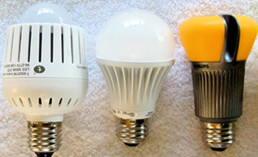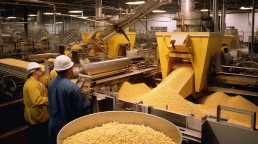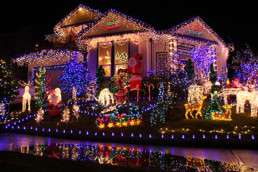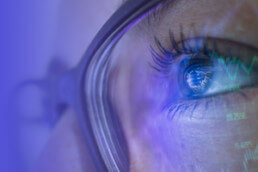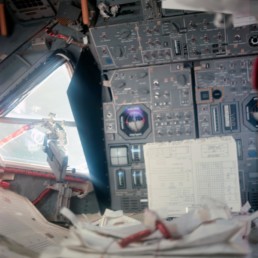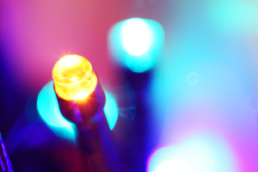The Future of LED Light Is Looking Bright
Much of the lighting innovations in the last two years have been in the LED industry. The 2014 Nobel Prize in Physics was awarded to the three scientists who invented the efficient blue LED. Now 2015 has been designated as the International Year of Light by the United Nations. This was done in an effort to raise awareness about moving away from incandescent bulbs while moving towards LEDs and other forms of energy efficient light. With accolades like this it may seem that LEDs have reached the pinnacle of their achievements, but the future just keeps getting brighter and brighter as LEDs continue to develop and become even more important to consumers and businesses.
Part of the reason for this is that LED lighting has become even more commercially viable than ever, providing both decreased energy costs, and better quality lighting for nearly every general lighting application. Even with all of its success LEDs still only occupy less than 5% of the American lighting market. This means that the LED market will keep expanding as incandescent and CFL bulbs continue to be replaced.
A second reason why there’s no end in sight for LEDs is because numerous breakthroughs and innovations mean that the applications and markets for LEDs are continually expanding. Developments in LED brightness and lumen density have enabled LEDs to be used for large lighting applications like stadium and bridges. Plus, with each advancement in manufacturing LEDs they have been slowly becoming more and more affordable for the average homeowner.
Accurate LED testing and quality control systems are more valuable than ever before. Konica Minolta has been supplying the lighting industry with LED testing solutions that get their users accurate and highly reproducible results. The CL-500A Illuminance Spectrophotometer and CAS 140CT Spectrophotometer are just two instruments that can be used to assure high quality LED measurement solutions.
